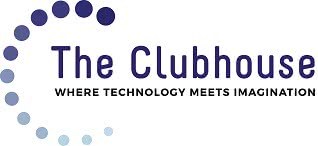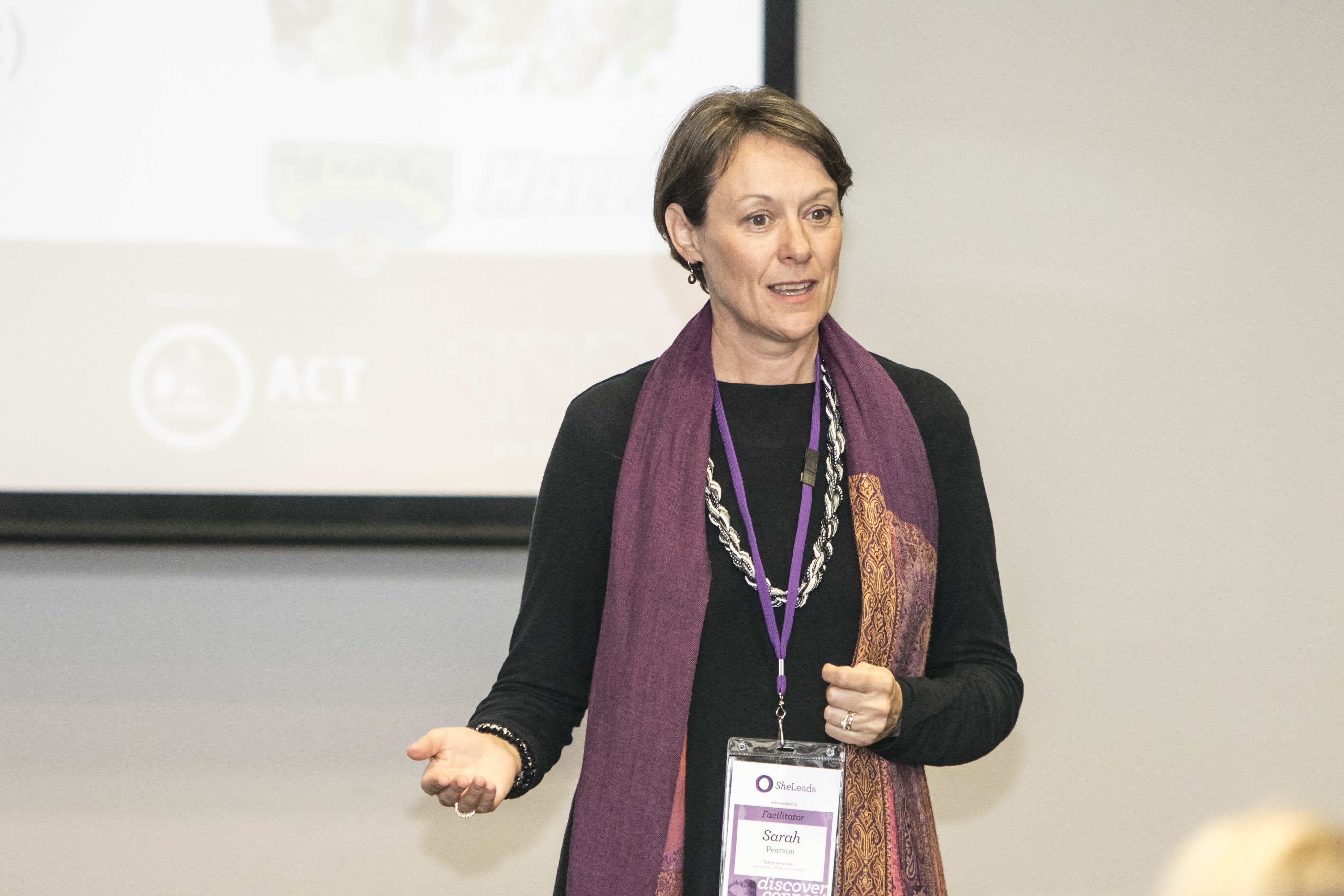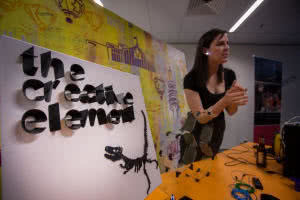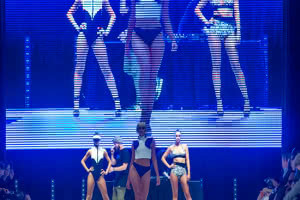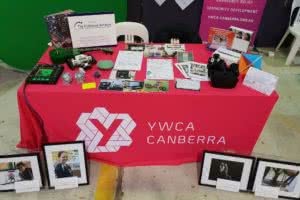Chocolate Science and Innovation in Canberra
Dr Sarah Pearson has had a fascinating career understanding the universe, meddling with confectionery, researching cancer and consulting to business. She is passionate about science and innovation, and now leads the Canberra Innovation Network. I spoke with her to find out about how science led her on this path, and how physics is linked to chocolate.
From physics to innovation
Sarah’s current job is CEO of the Canberra Innovation Network, which aims to transform the economy through entrepreneurship and innovation. “It’s been fantastic to get into the start up world,” she says, “so exciting and invigorating with energy and enthusiasm. I love those sort of people.”
Sarah herself is one of these people. One of the things that came across in our conversation is her immense passion for innovation and the fast paced and curious way she talks about it. She’s also got a PhD in particle physics, which doesn’t seem clearly related to the Canberra Innovation Network.
“I like a big challenge – that’s the common thread,” she explains. “Physics is challenging and I had a passion – for understanding the universe and life and how it fits in – it was intellectually challenging to comprehend how the world started.”
Her PhD in physics taught Sarah to think outside the box. She says it has meant she can apply a framework that has helped her to solve challenges in different areas – hence her move into management consulting with international firm McKinsey, who work on projects like understanding digital disruption, employment or urbanisation.
Certainly, coming from particle physics was not necessarily an immediate fit into management consulting. “In the early part of my career I learnt so much about business”, she reflects. “That’s advice I’d give to young people – find someone who can help you find a skill you don’t have to a skill you do have.”
Let’s talk about chocolate science
From McKinsey, Sarah moved back into academia, and then out to Cadbury. Aside from Willy Wonka, I had no idea that science could be applied to something as delicious and simple as chocolate. Which is exactly how Sarah describes it.
“So if Willy Wonka wants to build a castle in India out of chocolate that wouldn’t melt – and that’s what we needed – chocolate to melt in your mouth but not in India.”
“I wasn’t a foodie and had no food knowledge,” Sarah says, outlining the decision behind her move. “But physicists are trained to breakdown problems into fundamental building blocks and then solve those. Food – chocolate – emulsions – what you need to do with them. My role was to understand confectionary and how to make it better.”
Other examples of the science in chocolate were researching how to reduce calories. “Researching how you could get air into confectionary to reduce the calories –we transferred technology from pressure sensors used in boat sails. Or, to get water into chocolate to reduce calories, we talked to the paint industry – because they’re the experts in water in oil emulsions, an expertise we needed for getting water into chocolate.”
And here is a very obvious link from science to innovation and start-ups: explaining how science can lead to open innovation if you are sourcing solutions from different industries. “Big companies have internal research and development teams and they will work on future products and services – open innovation says there might be other ideas ready to bring into your industry. Open innovation means looking for ideas, anywhere – it means solving new ideas outside of your own companies and boundaries. Which of course also includes looking to university researchers and startups for ideas”
Motherhood and career
A very inspiring part of talking with Sarah was hearing that she took seven years out of the workforce to be a mum – a decision that a lot of young women and families try to juggle.
“Taking time out is a big challenge,” she reflects honestly. “Thinking back, I wouldn’t recommend being as cut off from the world as I was – it’s a big challenge coming back in. But now I have very wonderful balanced happy sons, and they are independent… I think I built a lot of strength in them.
“You’re unlikely to have balance at one period of time in your life, but if you reflect back on it as a whole life, then you’re likely to have balance.”
How do you figure out how to get into a career?
With Sarah’s wide range of interests and varied career path, she seems like a great person to ask about how to find a direction – or how to turn what you’re interested in, into a career.
“It’s hard,” she agrees.
“Find your passion. You spend a lot of time at work. You’re a capable person, find what your capability is. Talk to as many people as you can about their career and what they do because it’s a total mystery about what people actually do in their jobs. Maybe even do internships – try as many things as possible.”
Sarah also says that it’s important not be scared about change. “Switching between careers – it’s like you’re walking into another room. Never walk into a new room that doesn’t have several doors – whatever your next move it’s a stepping stone to what’s next even if it’s in the same company.”
Advice for people with ideas?
Sarah reflects on her varied career to give advice to anyone who might have a particular question or idea but are facing challenges along the way into turning it into a very real business.
“Don’t feel that you’ve got to solve it all!” she says. “If you have challenges you’re facing and there are some hurdles that you can’t overcome, then collaborate with someone else who can solve it for you. You might find you’ve got a challenge around, for example, a piece of robotics for assisted technology for aged care. You could go into the defence industry and find that they’ve solved it and apply into aged care. “
“Believe in yourself”, she finishes. “It sounds corny – but it’s all designed by humans, so most people can do anything.”
